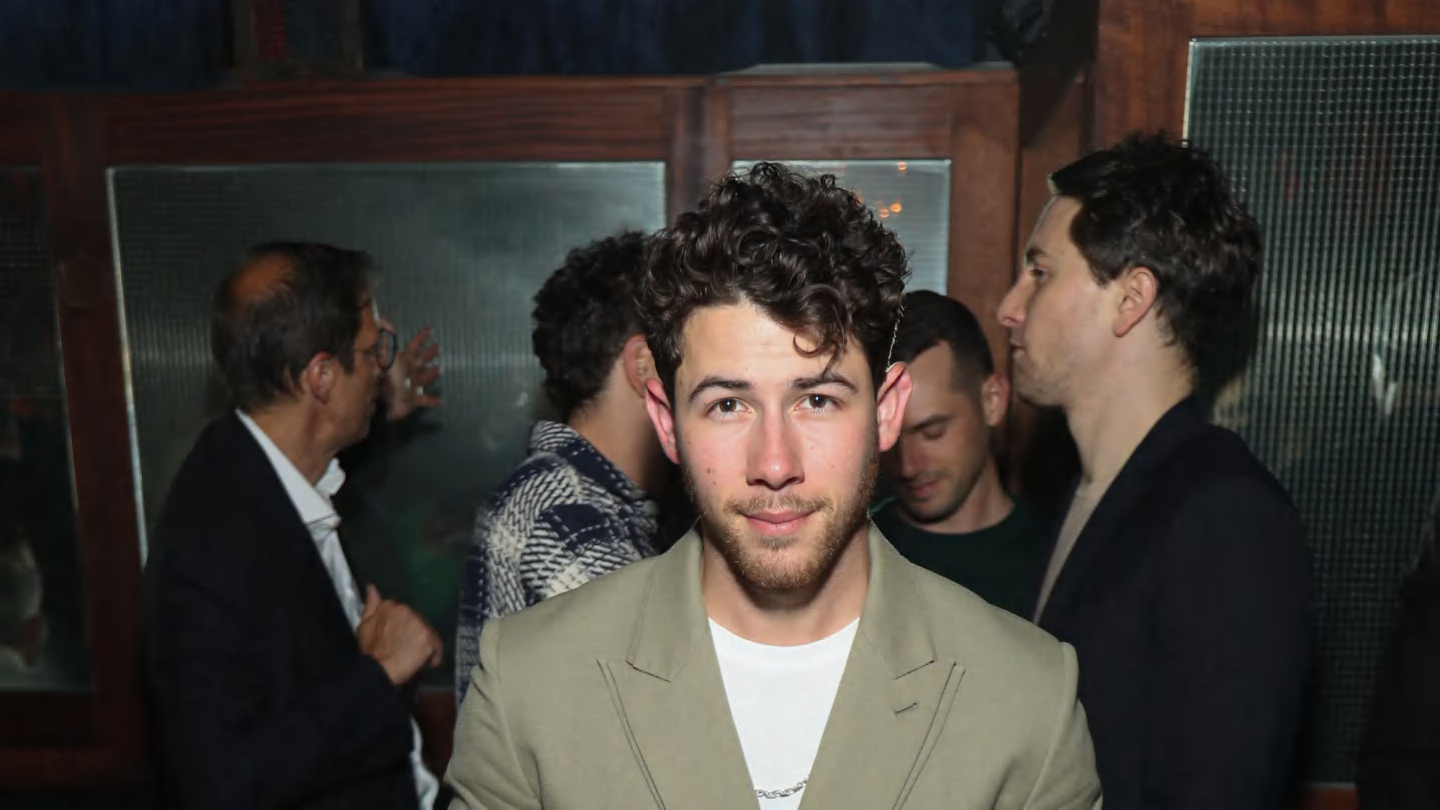Physical Address
304 North Cardinal St.
Dorchester Center, MA 02124
Physical Address
304 North Cardinal St.
Dorchester Center, MA 02124

We all cope with death differently. It’s a messy process that rarely follows a linear path of recovery. It’s more of a brutal entanglement of conflicting emotions that fluctuate in intensity. Processing grief, though, as quoted in BoJack Horseman, "gets easier. Every day it gets a little easier." While grappling with this inevitable experience, I hope your descents into coping with loss are more bearable than watching The Good Half. This Robert Schwartzman directorial effort yearns for profundity in covering this weighty topic but turns out to be a miscalculated venture. It’s almost as if Ryan Reynolds were anchoring a Zach Braff indie movie written by Joss Whedon.
28-year-old Renn Wheeland (Nick Jonas) reluctantly returns home to Cleveland, Ohio, following his mother Lily’s (Elisabeth Shue) passing. Renn, a struggling writer, despises his hometown nearly as much as he loathes the rut he’s stuck in. Upon arriving, he injects sarcasm and aloofness into the frazzled lives of his father, Darren (Matt Walsh), and sister, Leigh (Brittany Snow), who has no time for Renn’s nonsense as she is busy organizing their mother’s funeral.
While engaging in tasks like picking out a coffin and retrieving valuable mementos from their childhood home, the past continually creeps up on Renn. Flashbacks of sunny memories with Lily intrude on his life. Outwardly, Renn brushes everything off with quips and a nonchalant demeanor. However, these flashbacks reveal that Renn is just as distraught over the past as everyone else.
In Brett Ryland’s screenplay, Renn expresses incredulity over discovering his mother will be buried in a cemetery. He maintains Lily wanted to be cremated, questioning who would want to be buried in Cleveland. His disdain for the city brings to mind a memorable line from The Last Black Man in San Francisco: "You don’t get to hate it unless you love it." The Good Half has the first part of that sentiment down but doesn’t delve into what fuels Renn’s hatred for Cleveland. What specific traits define the city in this film?
Schwartzman and Ryland fail to give viewers a sense of Cleveland’s personality. This film could take place in any American city. Renn’s constant complaints about Cleveland only highlight the lack of identity in the film’s setting. This generic quality also permeates the motion picture’s dialogue, especially between Renn and Zoey (Alexandra Shipp). They speak almost exclusively in sarcasm-laden pop culture references. The minimal differences in their individual verbiage make it challenging to distinguish their characters. If Zoey were revealed as a figment of Renn’s imagination, sharing the same speaking patterns would at least make sense!
However, no such twist explains this screenwriting deficiency. Ryland’s script has characters speaking in interchangeable ways. To add insult to injury, Renn delivers atrocious lines like, “I’m gonna stay right here in sad town.” The Good Half needs a messier, more realistic tone. Instead, the half-hearted quips epitomize Schwartzman’s mechanical approach to the story. Even moments of overt vulnerability, such as Leigh sobbing in front of a closet, feel calculated. There’s too much preciseness and polish for a film grappling with the jaggedness of loss.
The miscasting of Nick Jonas as Renn extends to these issues. Jonas, most famous as a pop star, has shown comedic chops in films like the Jumanji series and has Broadway experience. However, he appears too handsome and composed to portray a struggling writer masking internal chaos with sarcasm. Adding to this, Ryland’s didactic dialogue fails Renn’s most intimate moments. We’ll never know if Jonas could convincingly portray quiet grief because The Good Half can’t stop handing him ham-fisted lines that spell out his emotions.
Missed opportunities abound in the production, including the character of stepdad Rick Barona (David Arquette). This figure emerges as a true-blue "villain" for the piece, which is a staggeringly poor idea for a grounded drama. The black-and-white morality paints The Good Half’s simplistic approach to the world. Barona is not a fleshed-out character but a plot device that unites the three lead characters in the final act. How can the audience connect with these figures if the script doesn’t see them as human?
The only shining facet of The Good Half is Christopher Donion’s editing. Renn’s flashbacks with his mom interlink with the present, creating a seamless overlap that highlights the protagonist’s struggles. Donion’s precise timing in these cuts exemplifies how Renn is fleeing from the inevitable collision of past and present. The Good Half’s visuals are otherwise thoroughly generic, with few intriguing images or meaningful characters to hold onto. Robert Schwartzman’s film flickers out of mind as soon as the end credits roll. The complexities of grieving a loved one have informed many great movies. The Good Half remains one of the weaker entries in that cinematic canon. If you want to experience truly outstanding art involving Nick Jonas, just rock out to the Jonas Brothers cover of "Year 3000".
Source: source names



